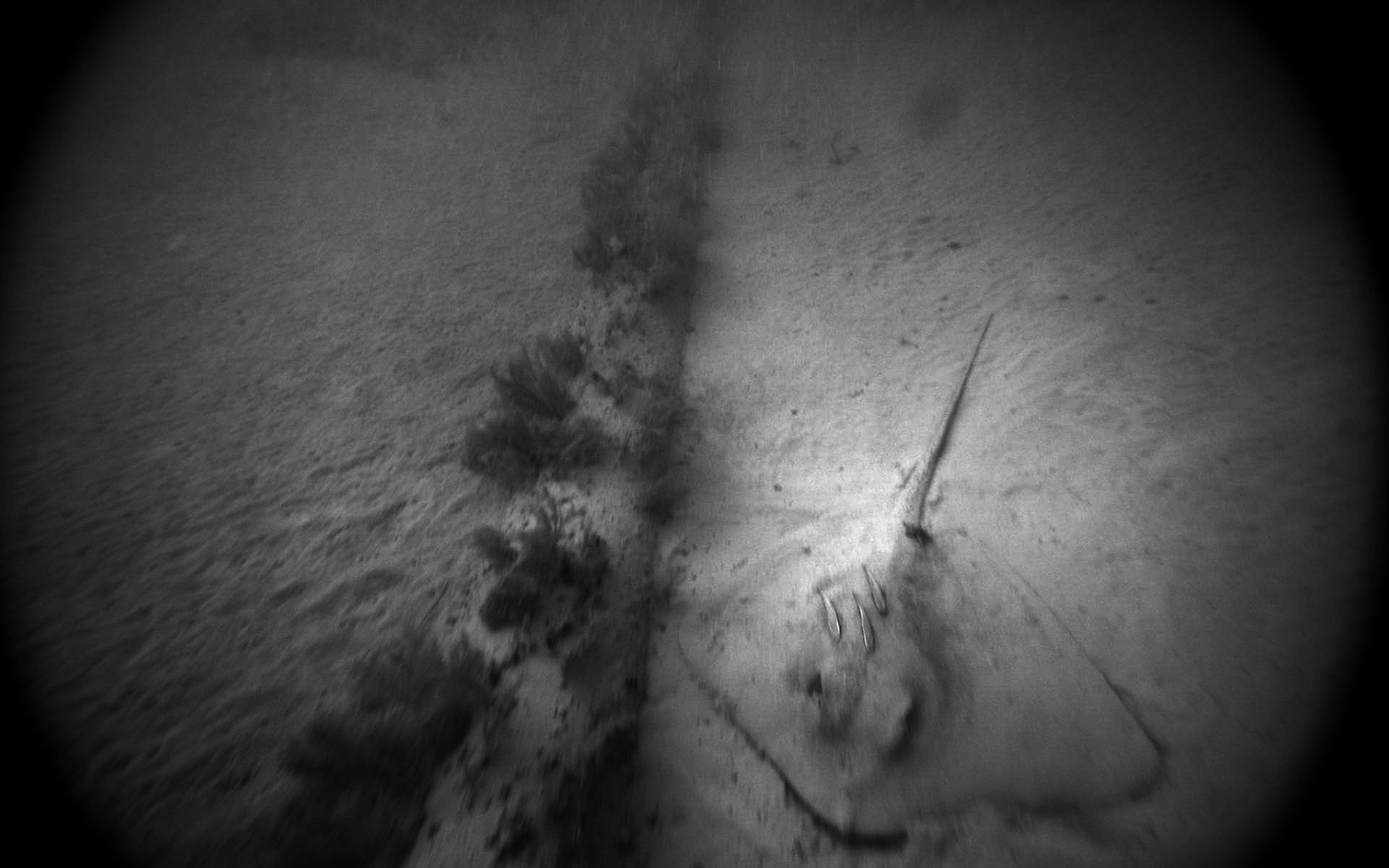Just Call Us the Fish Paparazzi
Published by Ocean Conservancy
Today’s guest blog comes from Sarah Grasty, a project scientist at the University of South Florida’s College of Marine Science. Her research team is one of many studying the health of the Gulf of Mexico after the BP Deepwater Horizon oil disaster.
We all know the ocean is big. But sometimes it’s not until you try to focus on just a comparatively small part of it that the scale finally sinks in. This was my experience when I started work on a project focused on the West Florida Shelf, an area off the Gulf Coast of Florida roughly the size of 30 million football fields. In a global context, that’s only about 0.0005 percent of the total oceanic surface area on the planet. But, to me, that was still pretty dauntingly large!
The West Florida Shelf is important to a diverse group of people such as commercial and recreational fisheries, cargo companies who rely on the many shipping lanes bisecting the eastern Gulf and the construction companies and the tourism industries who benefit from sand mining operations. Though it’s heavily utilized, the amount of publically available maps and living resources data for the shelf is quite sparse—but this is not entirely surprising considering how costly and time consuming it is to study such a great expanse.
The shelf is also home to an equally diverse group of marine life. Much of the shelf is sandy or muddy, but it’s also dotted with areas of hard bottom that support species like red snapper, gag grouper and loggerhead sea turtles. To keep these populations healthy, especially in the wake of the BP oil disaster, we need to better understand their habitats, including where they are, what state they are in and who is using them.
Here at the University of South Florida’s College of Marine Science I’m lucky to work with a diverse group of scientists, graduate students, engineers and technicians to do just that with the Continental Shelf Characterization, Assessment, and Mapping Project, or more simply, C-SCAMP. My work is specifically focused on using data from a towed camera system that has been dubbed ‘C-BASS’ which stands for ‘Camera-Based Assessment Survey System.’ This equipment is used to collect video and other continuous data streams near the seafloor (such as temperature, salinity, etc.) as the platform is towed behind a research vessel. Essentially, we take lots and lots of pictures of fish.


In addition to our visual survey work with the C-BASS, we also have an instrument called a multibeam echosounder which emits sound to measure seafloor depth. This information is then used to generate seafloor maps which are required to understand where important habitats may be located.
We get the opportunity to see some really neat things on the C-BASS video and multibeam maps. To date some of my favorite examples include old anchors that were left behind many years ago, a large school of sizable barracuda and several sea turtle and goliath grouper sightings.
Our research is funded by the National Fish and Wildlife Foundation as a result of the BP oil disaster, and our goal is to learn more about the different types of habitats on the seafloor and the marine life using those habitats for shelter, feeding or spawning. Armed with this information, we can better manage our fisheries, like snapper and grouper, as well as conservation programs for endangered species such as sea turtles.
The West Florida Shelf is just one part of the Gulf of Mexico seafloor, and we hope that our research techniques can be used to map other important areas in the Gulf. The BP settlement provided over $1 billion to restore the species and habitats offshore, but we are still lacking a baseline understanding of many species like corals, reef fish and sea turtles. To help the Gulf’s marine life recover from the BP oil disaster, we must first fund projects like those proposed by Ocean Conservancy to map the seafloor and its residents.
If you’ve ever been to either coast of Florida, you know how deeply the ocean is engrained in the culture and economy of the state. We’re hoping that this project and future projects will provide the information we need to ensure our fish and marine life are healthy for many years to come.
The post Just Call Us the Fish Paparazzi appeared first on Ocean Conservancy.
Read the full article at: https://oceanconservancy.org/blog/2017/08/18/just-call-us-fish-paparazzi/



